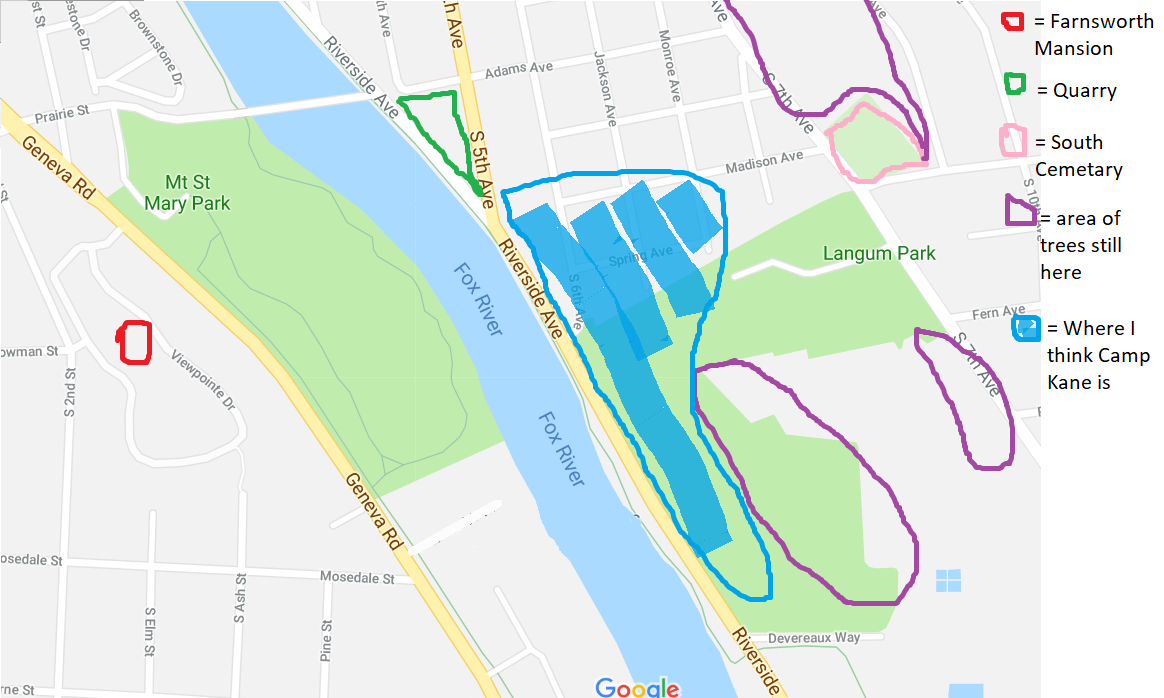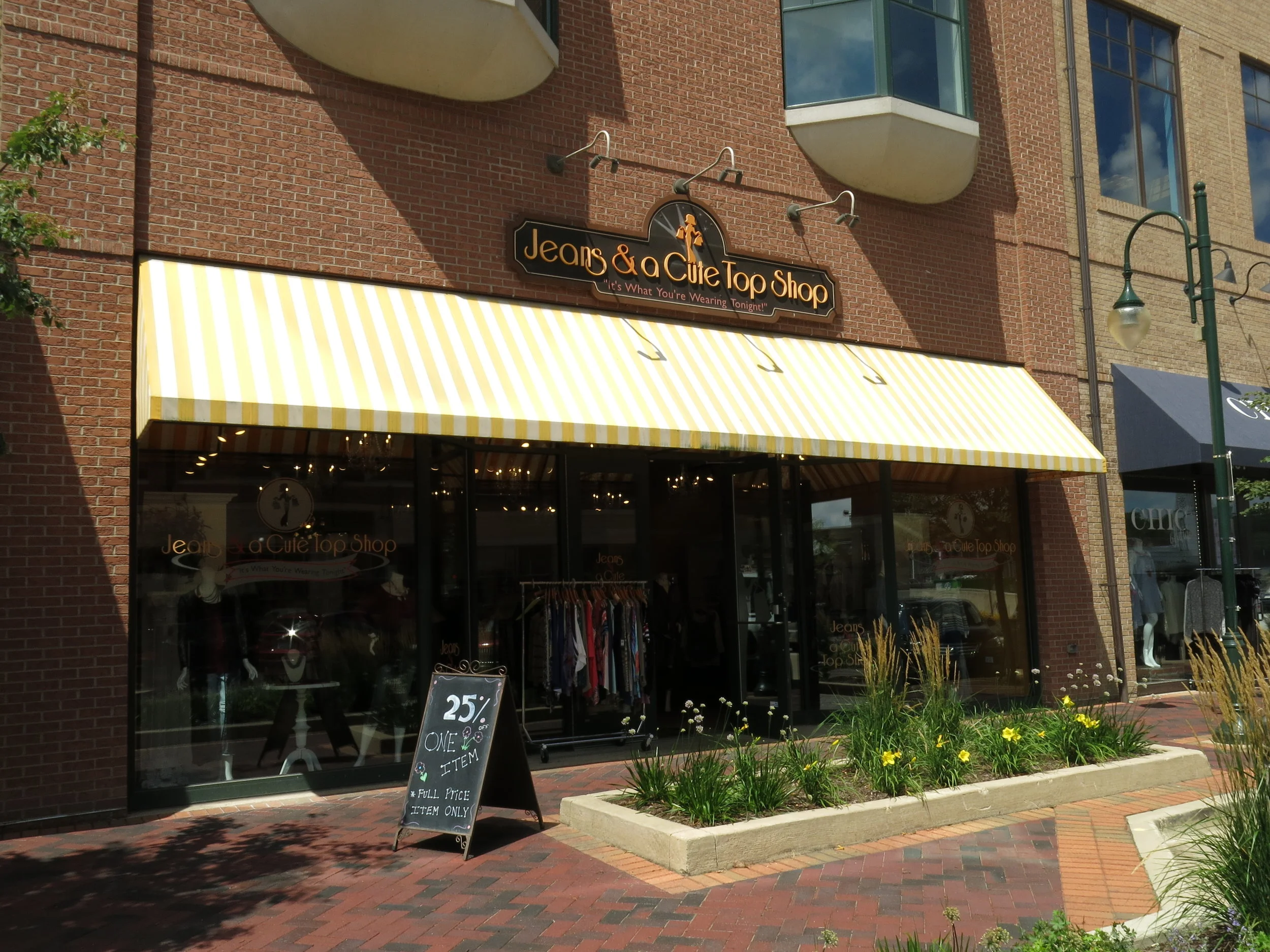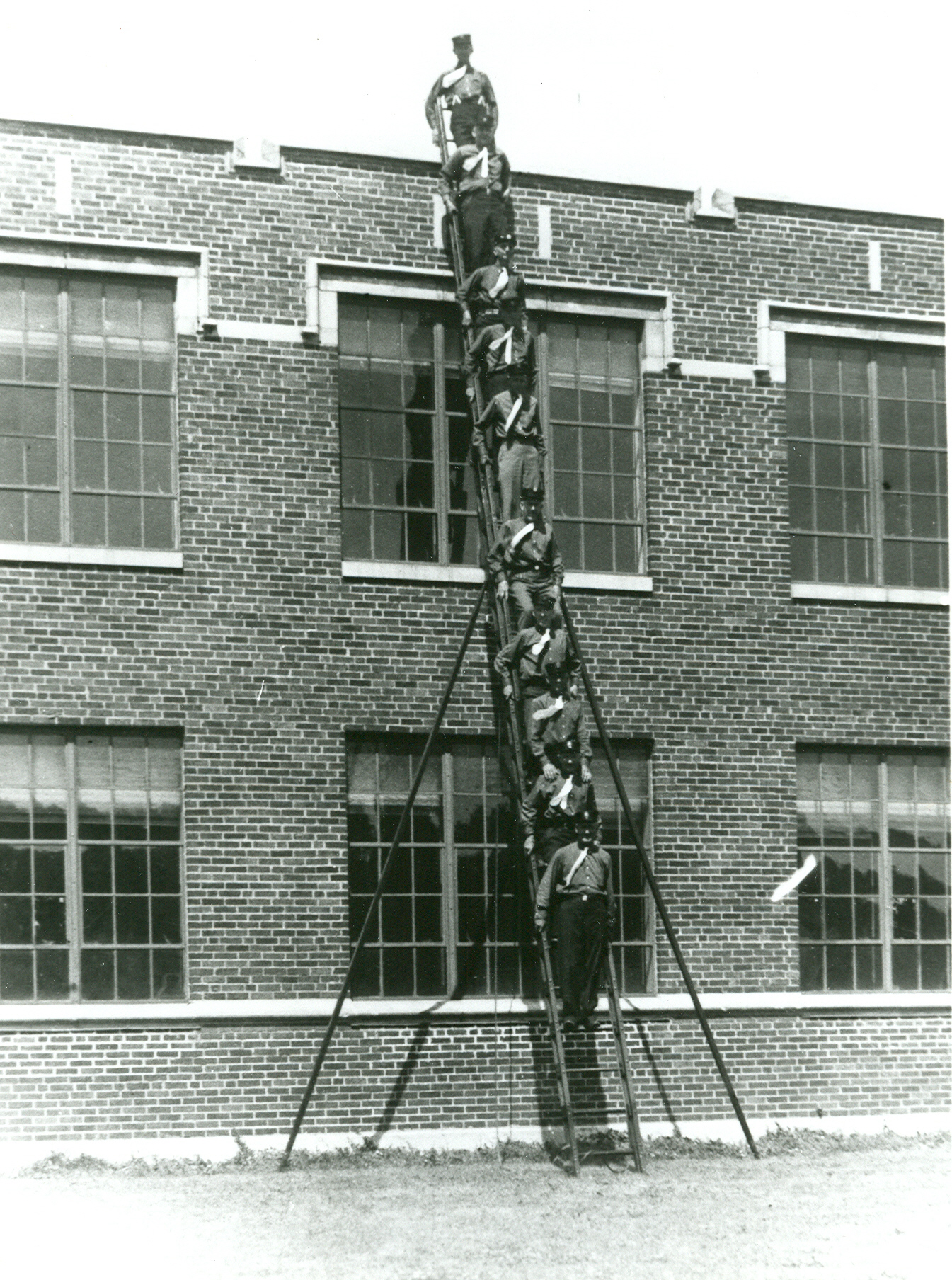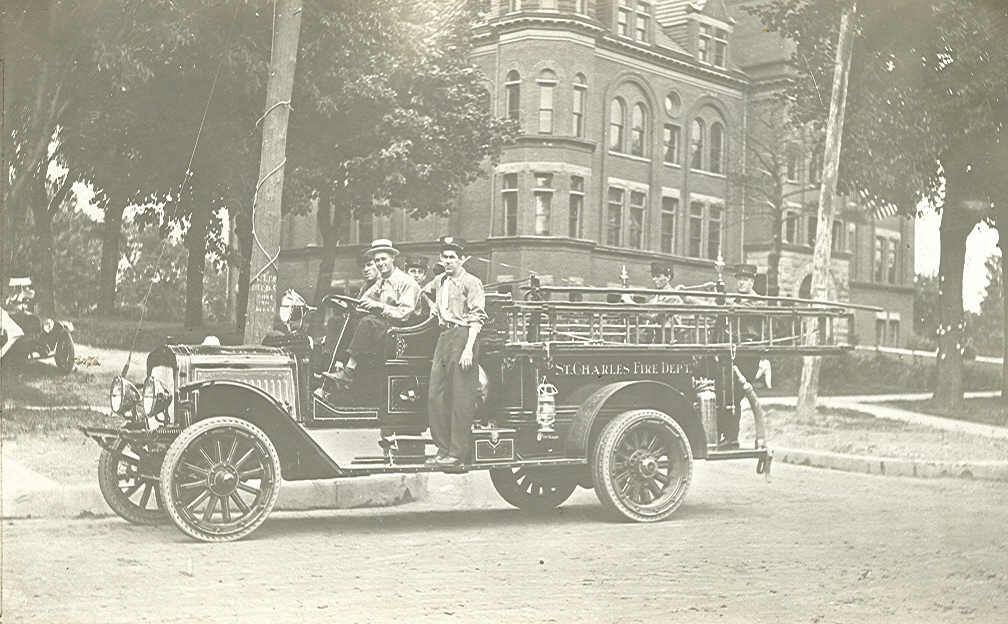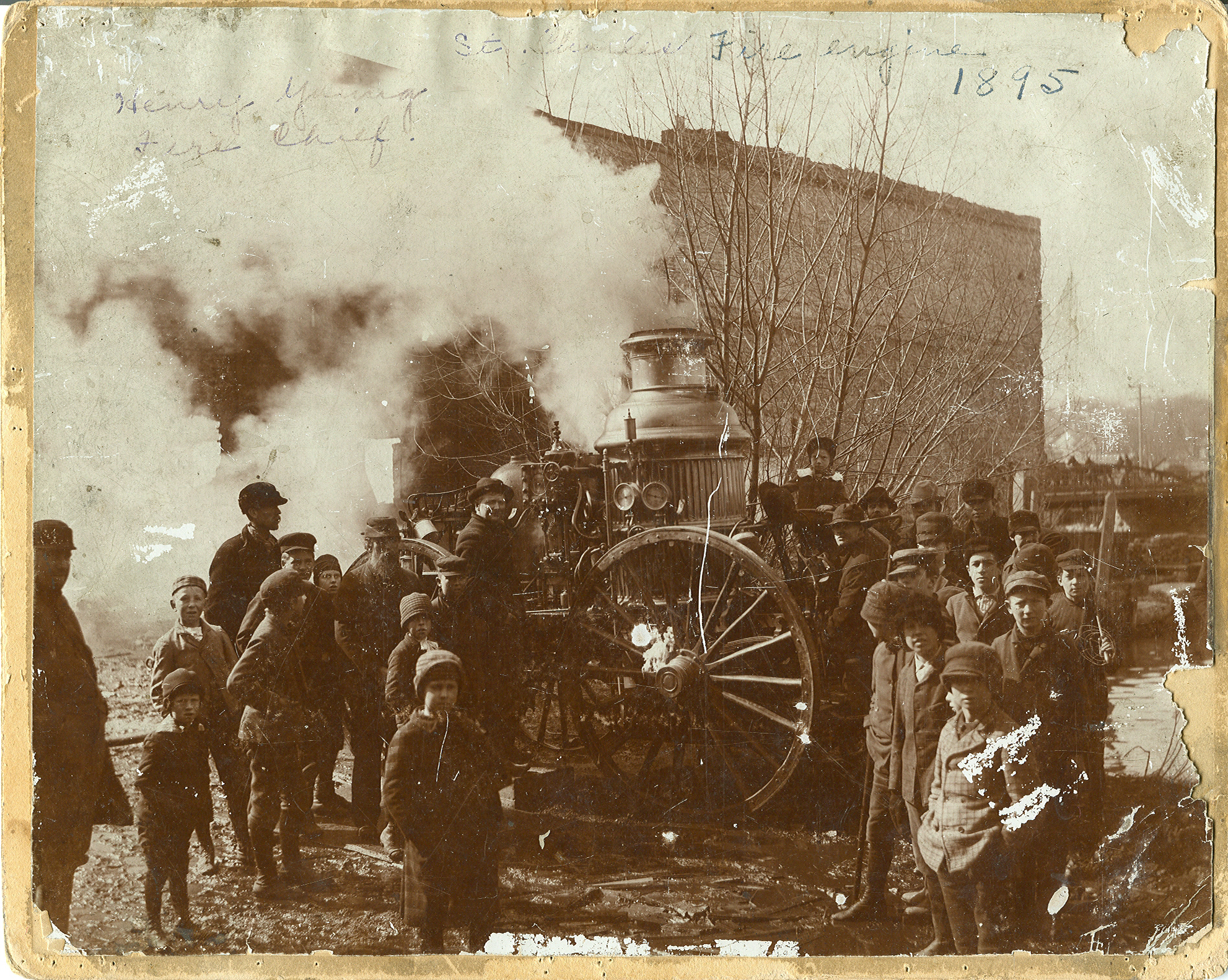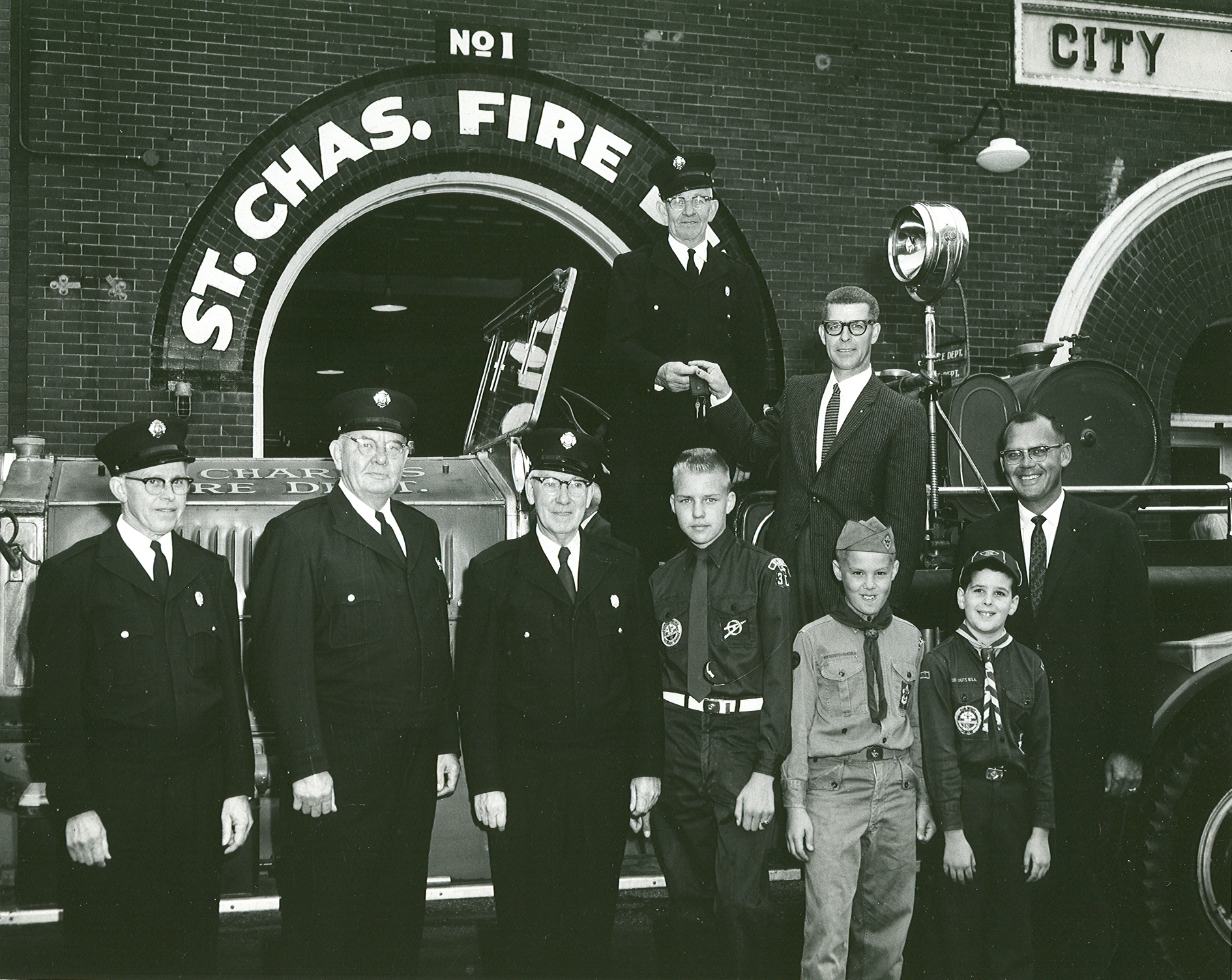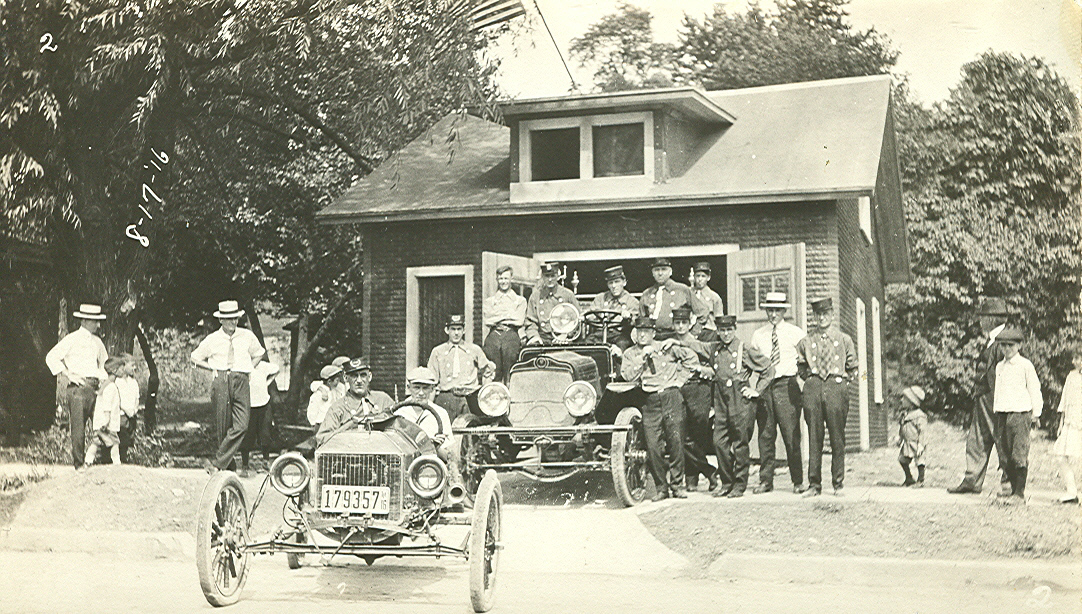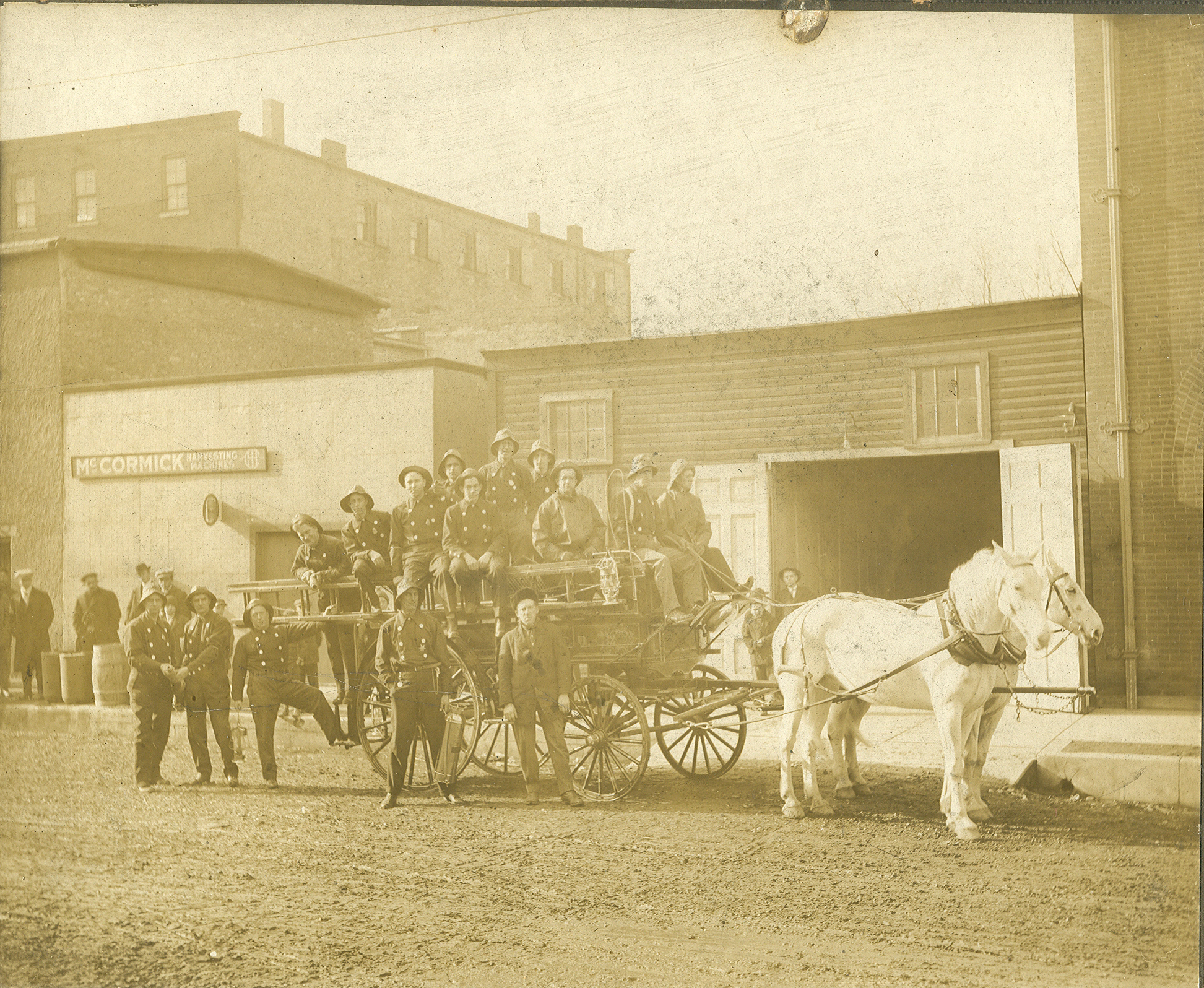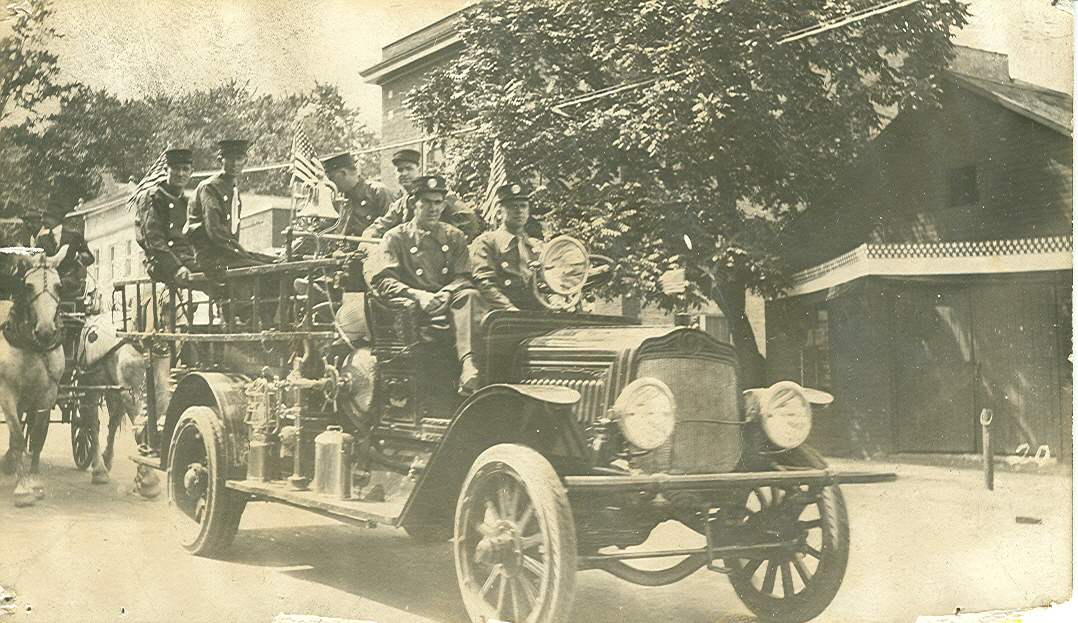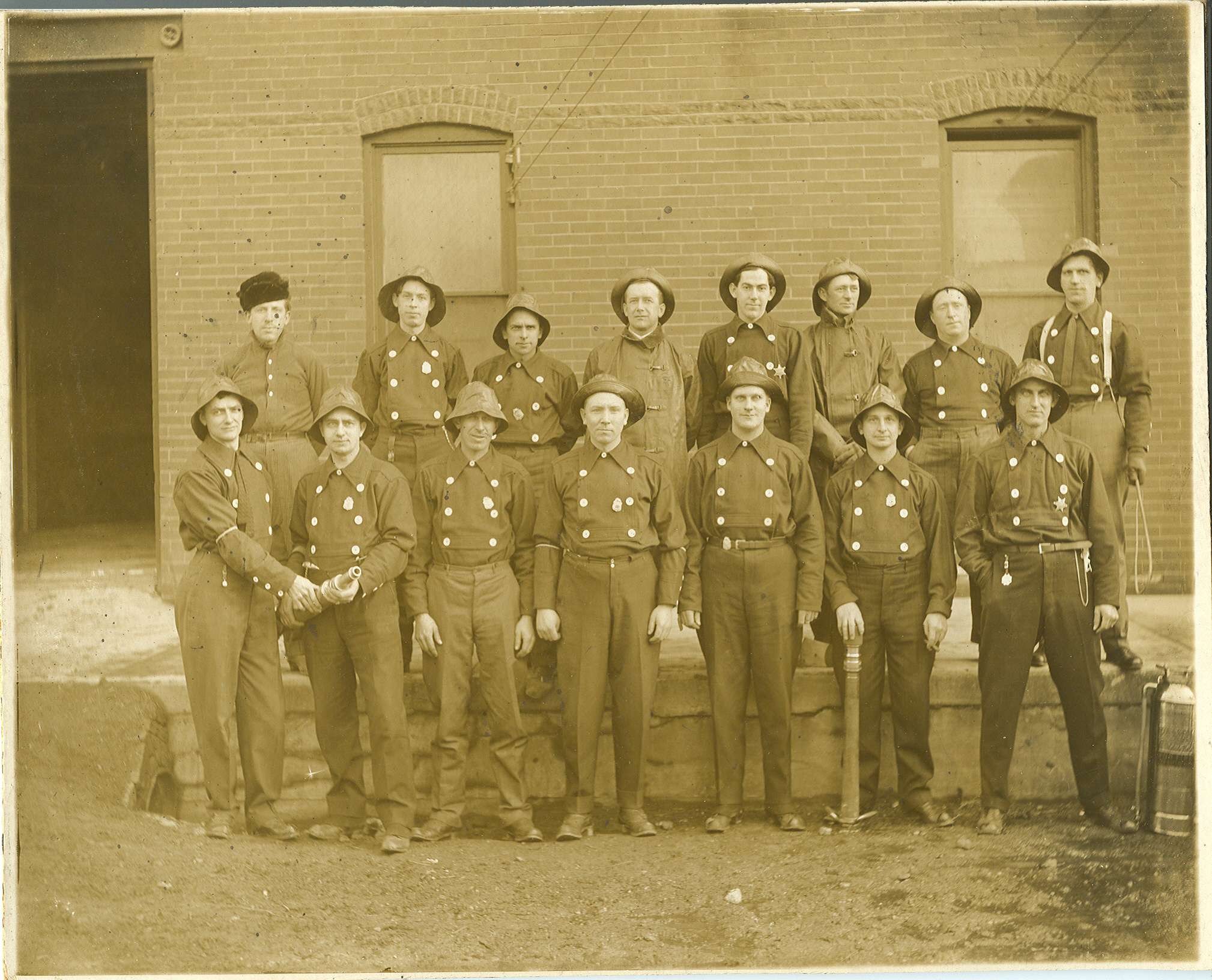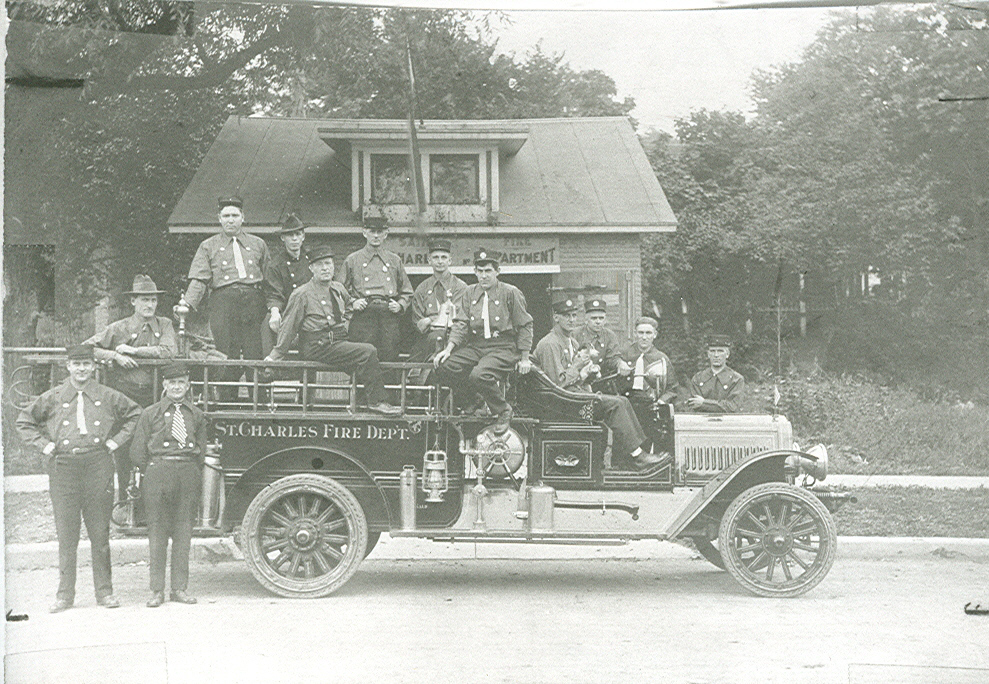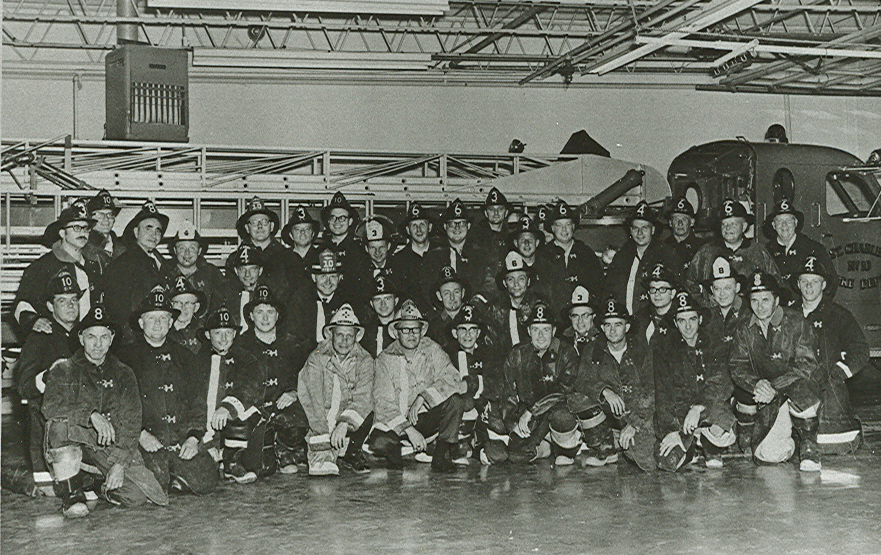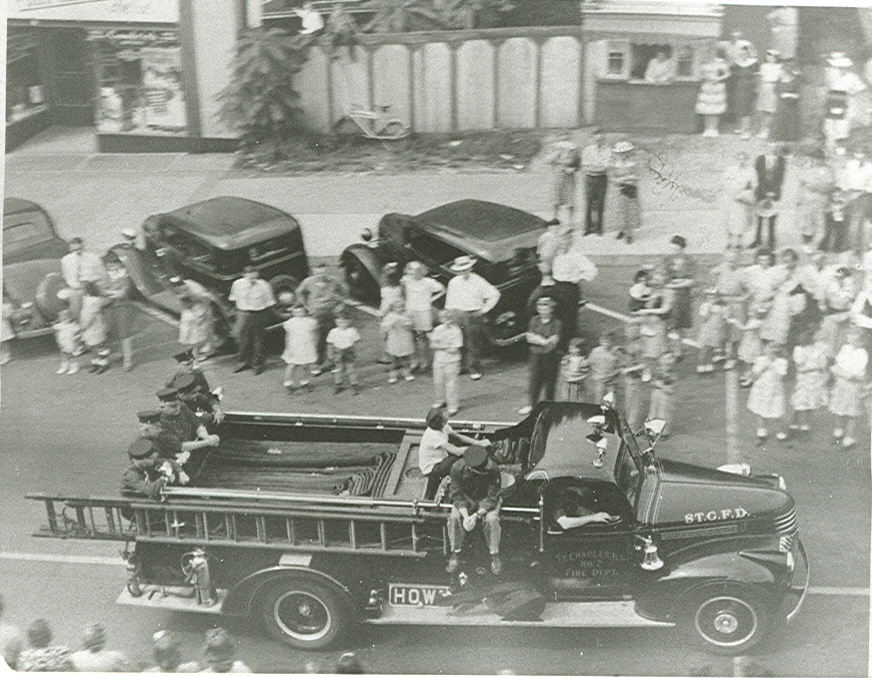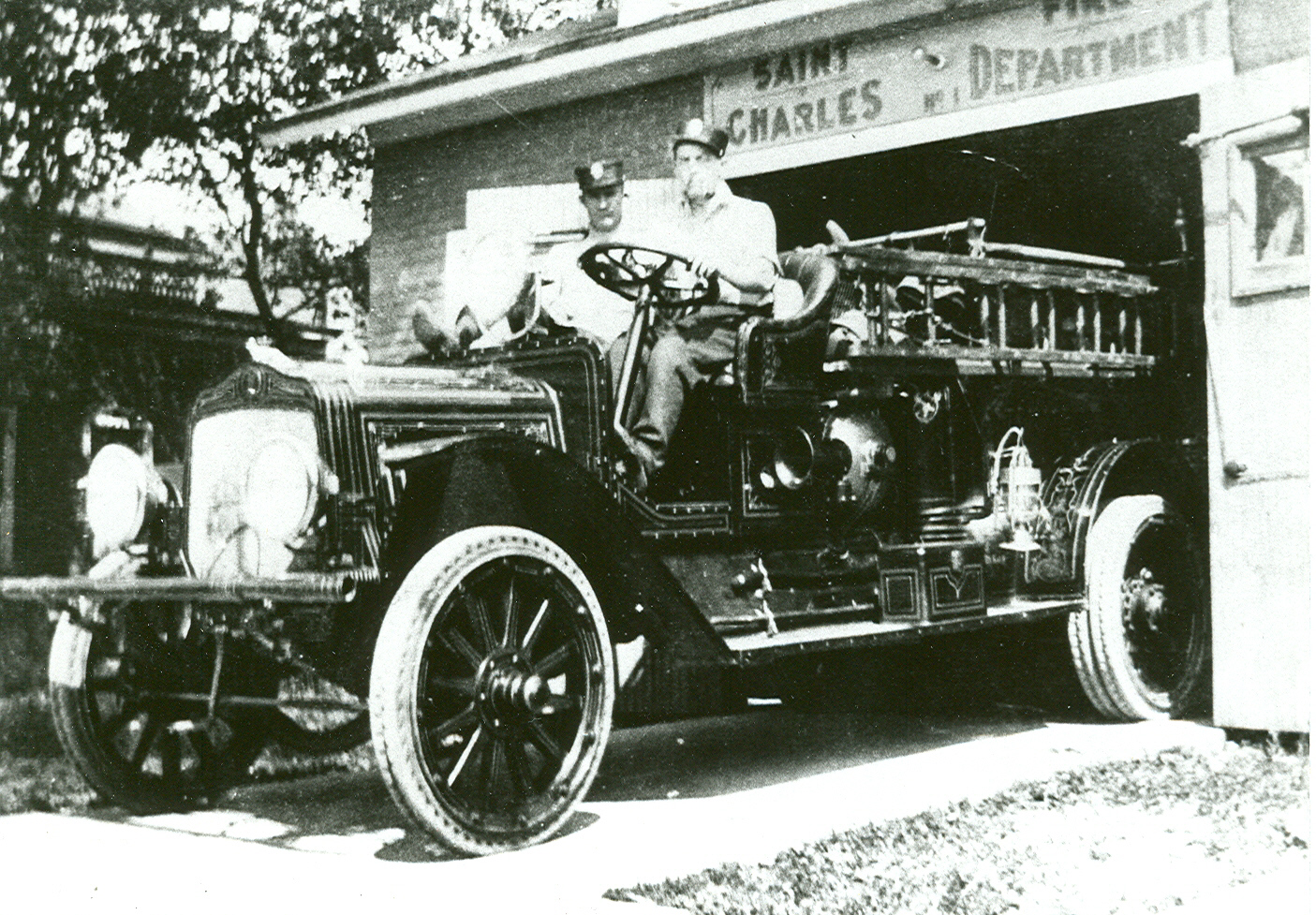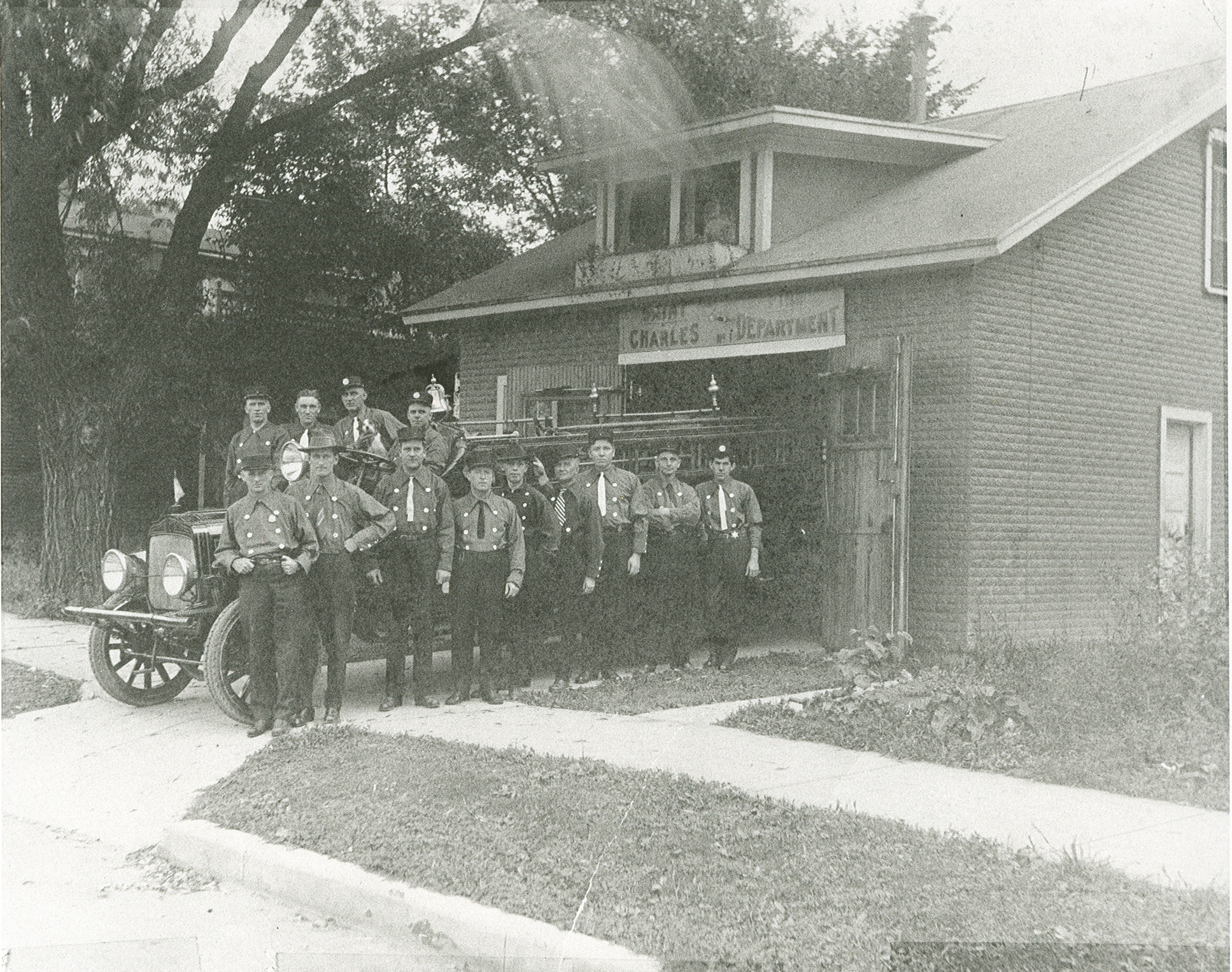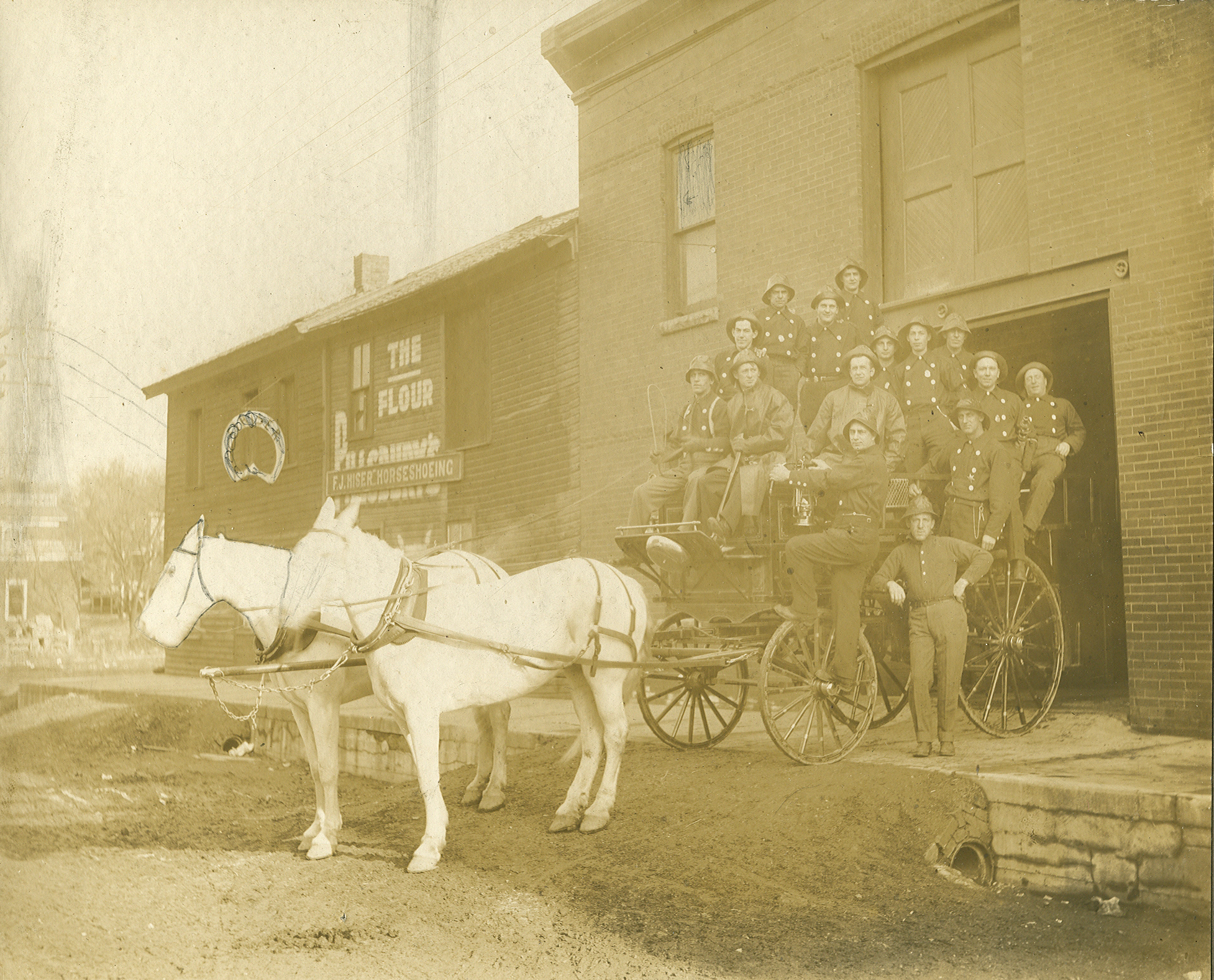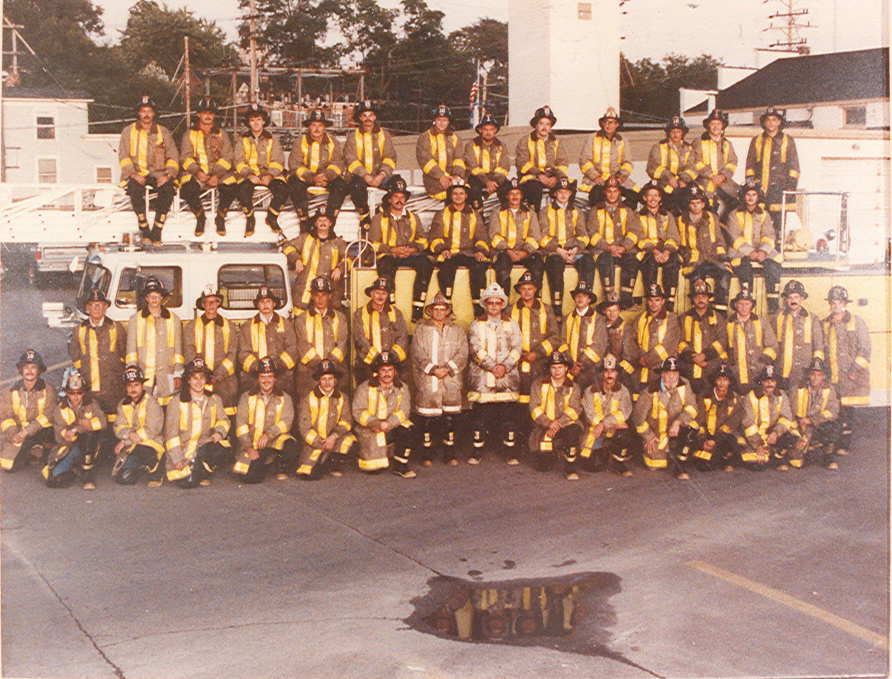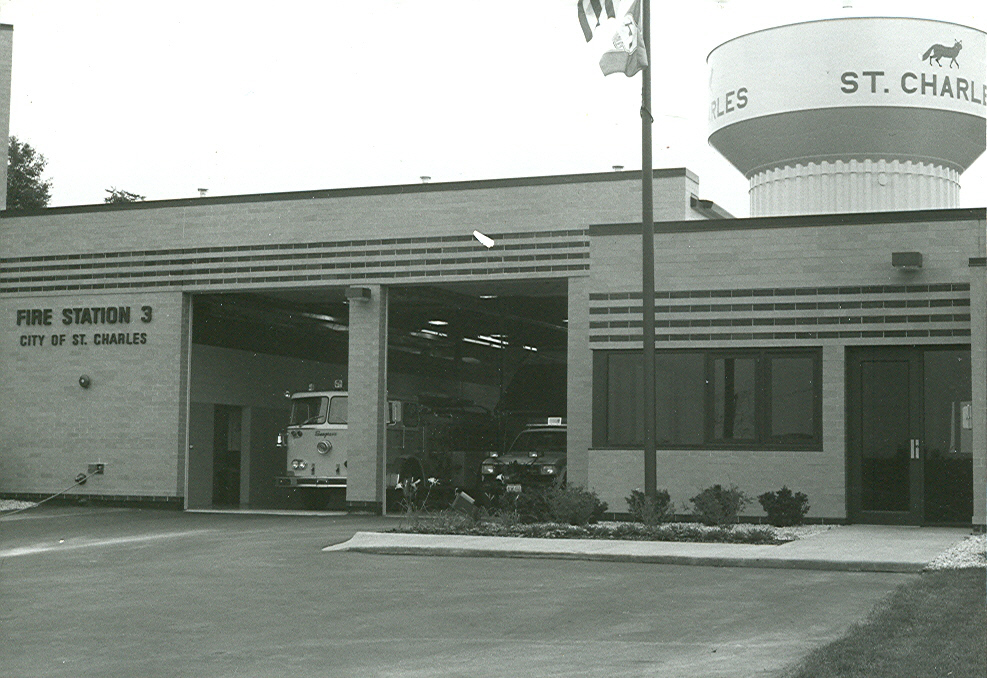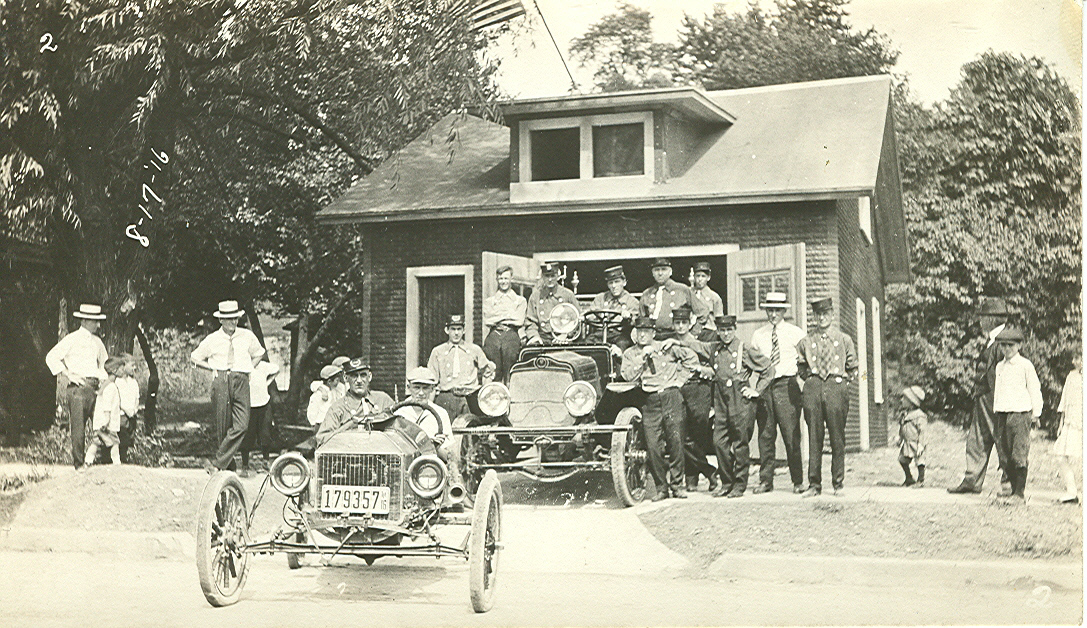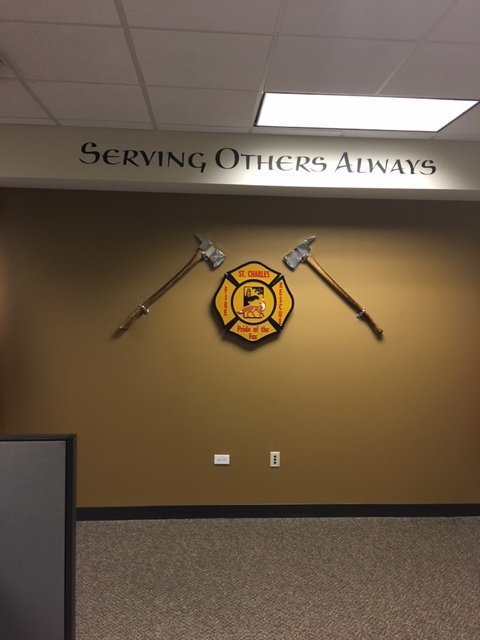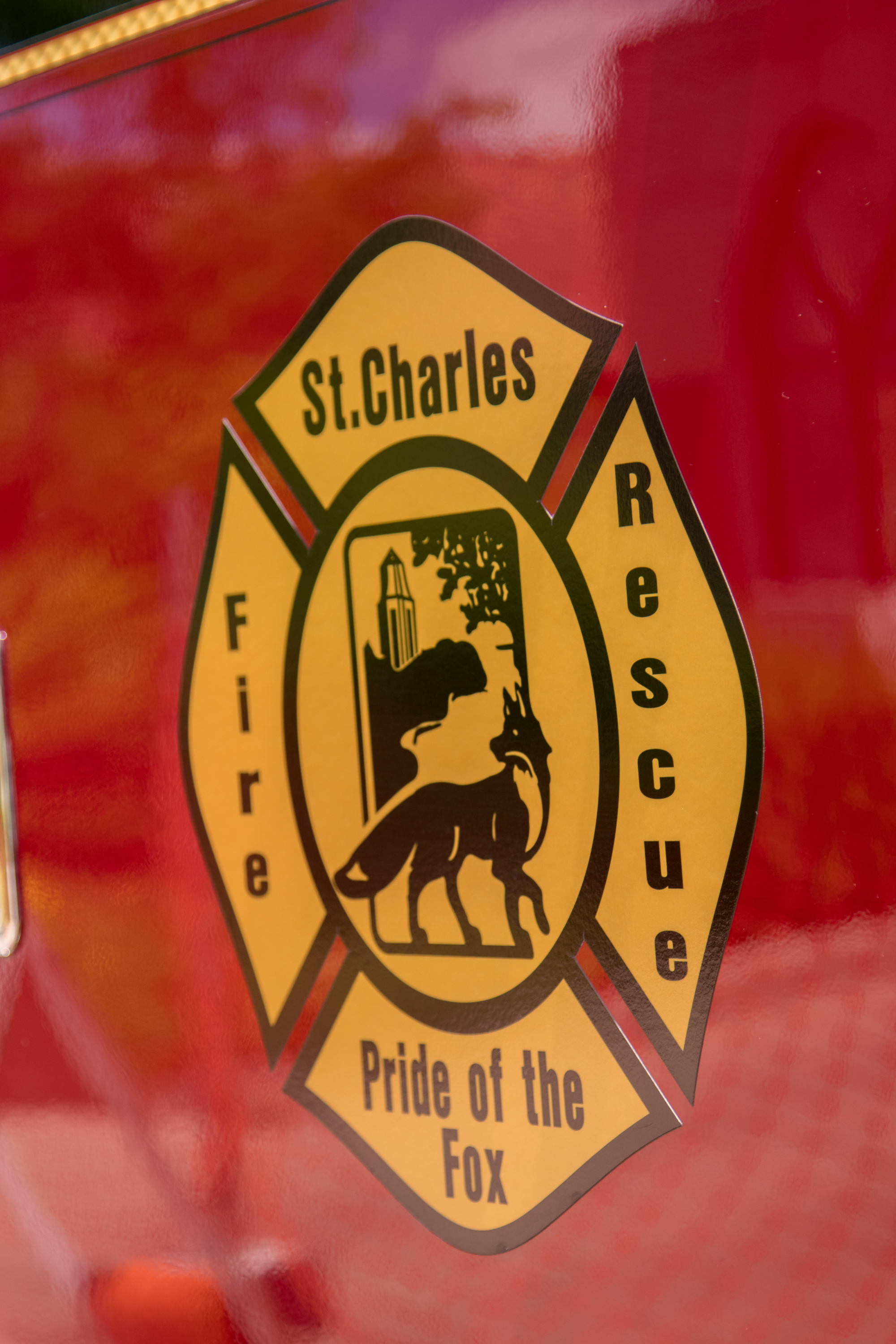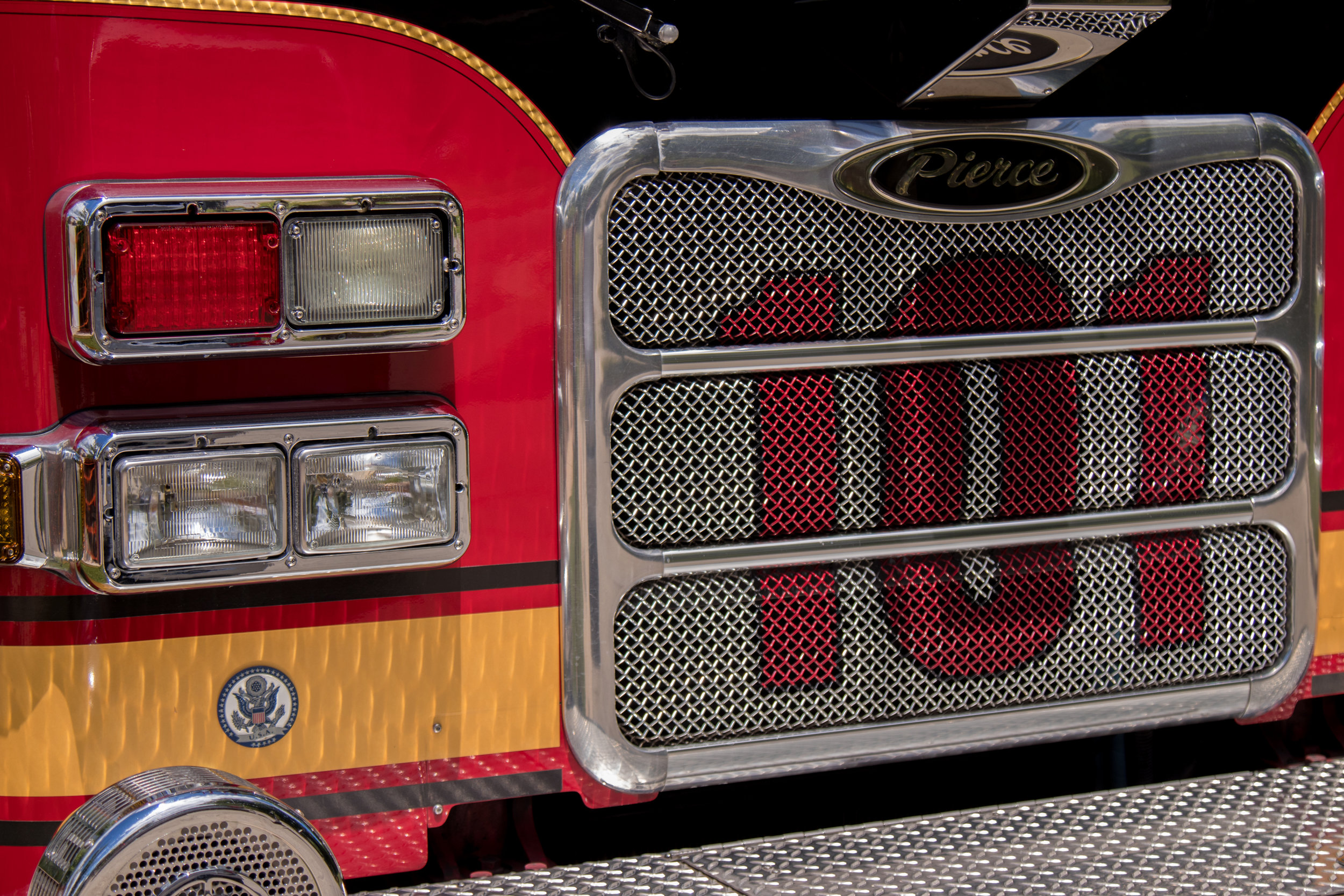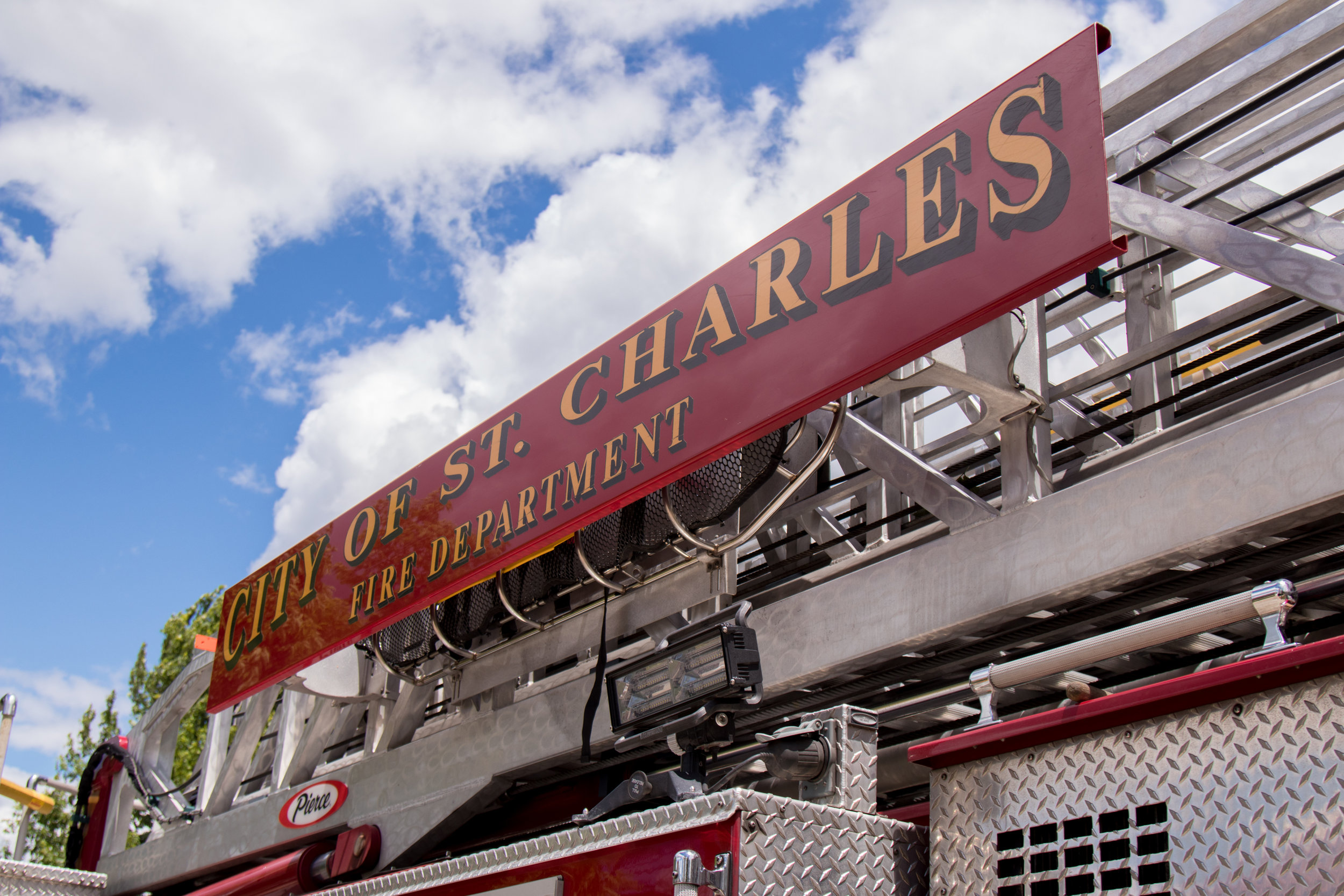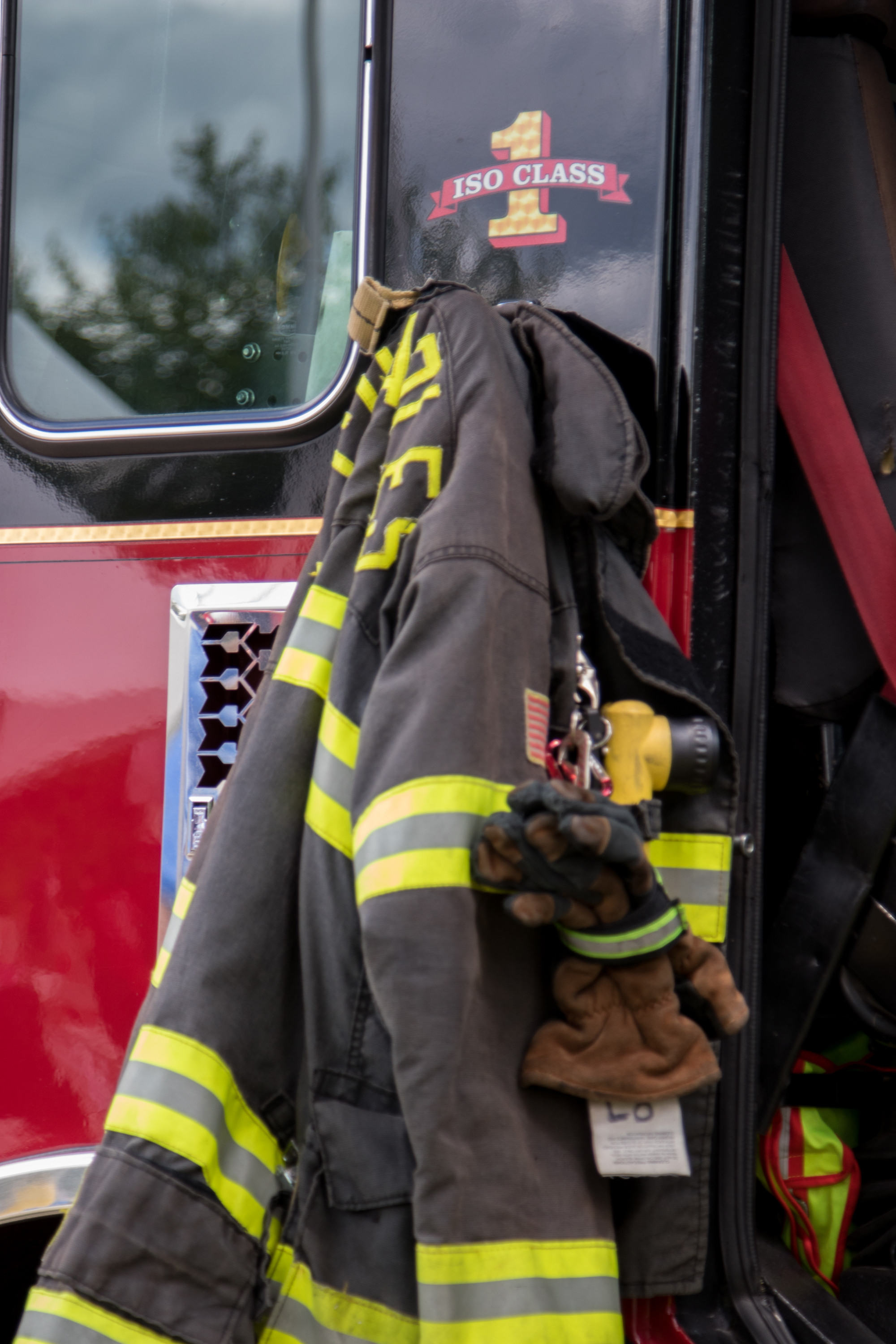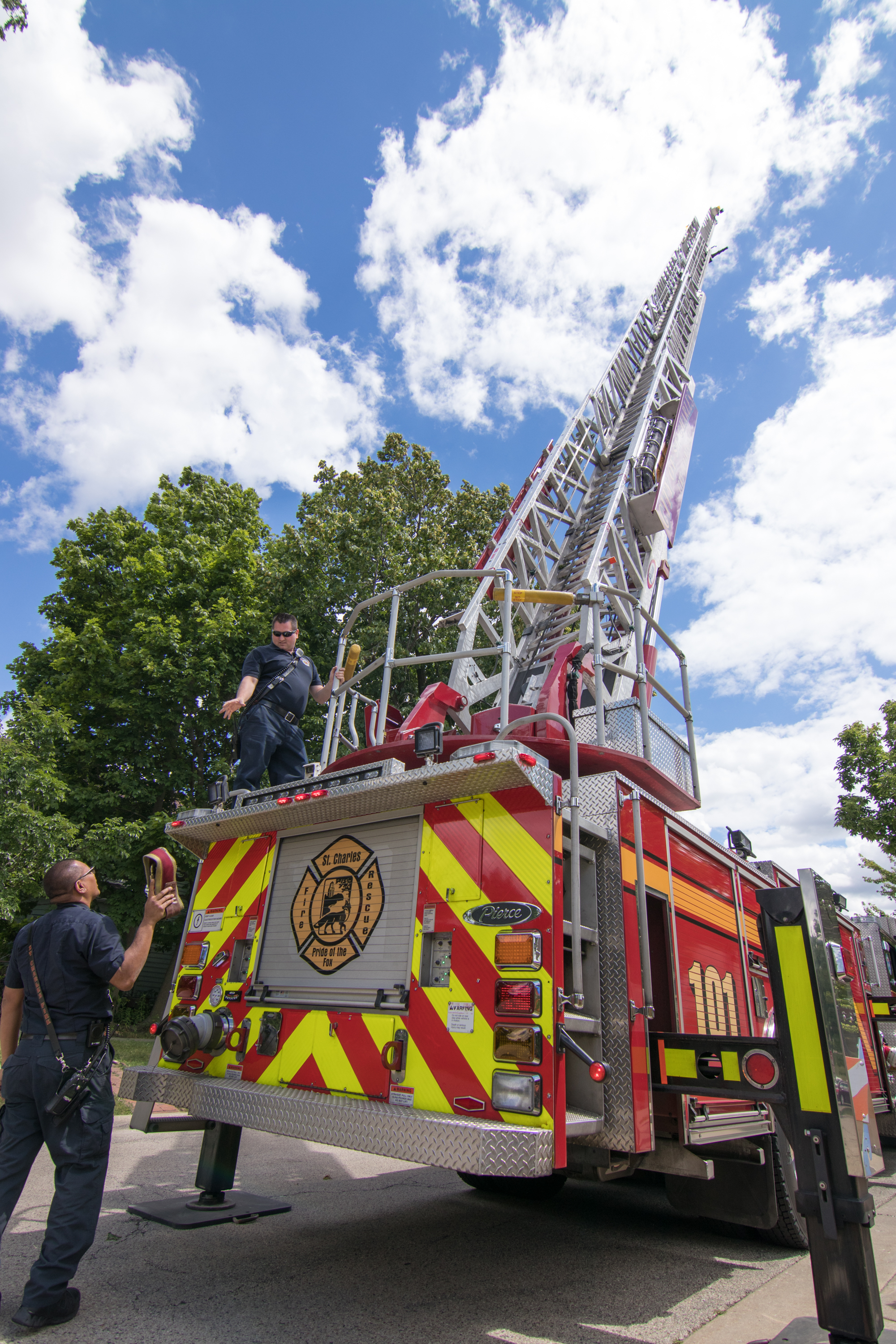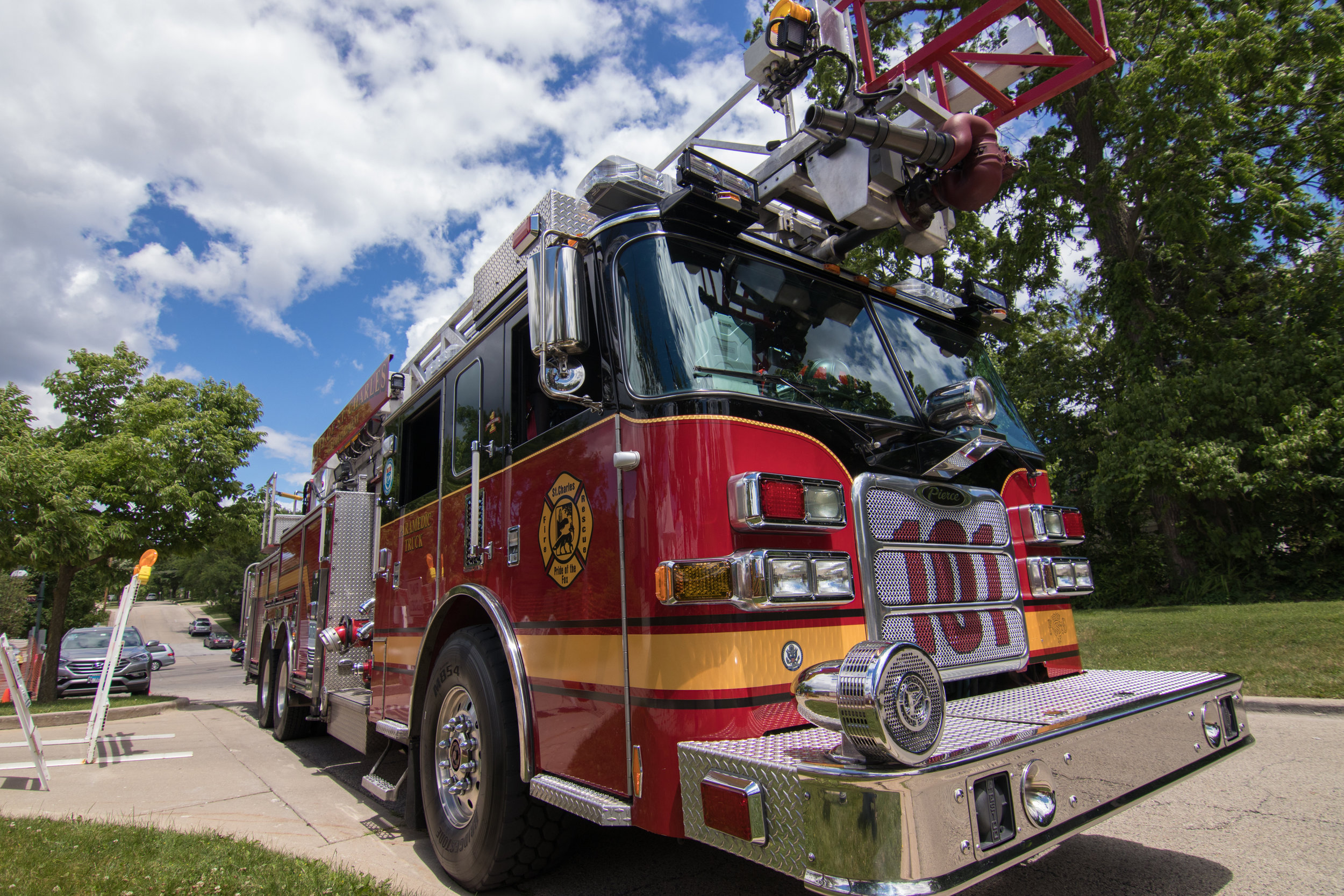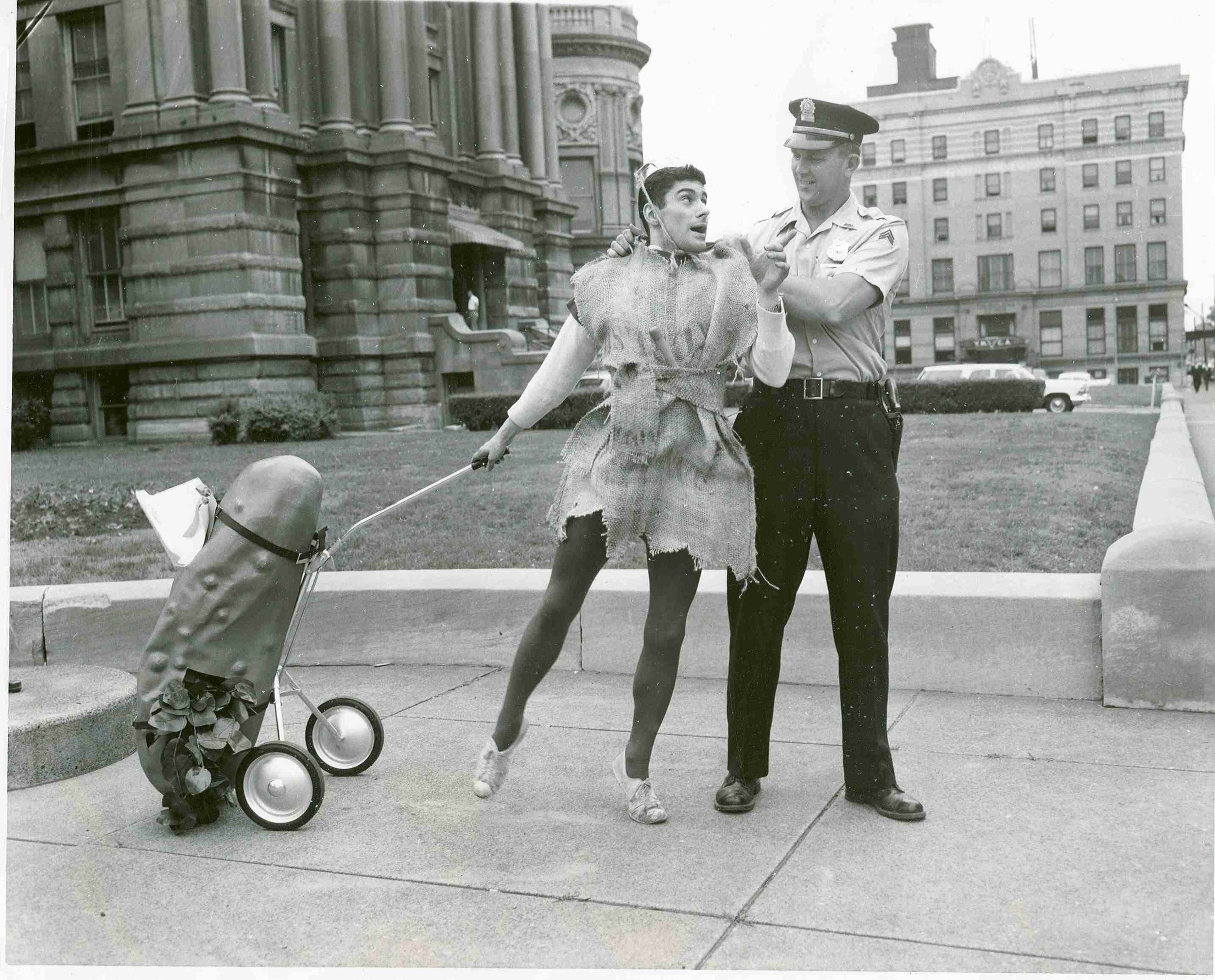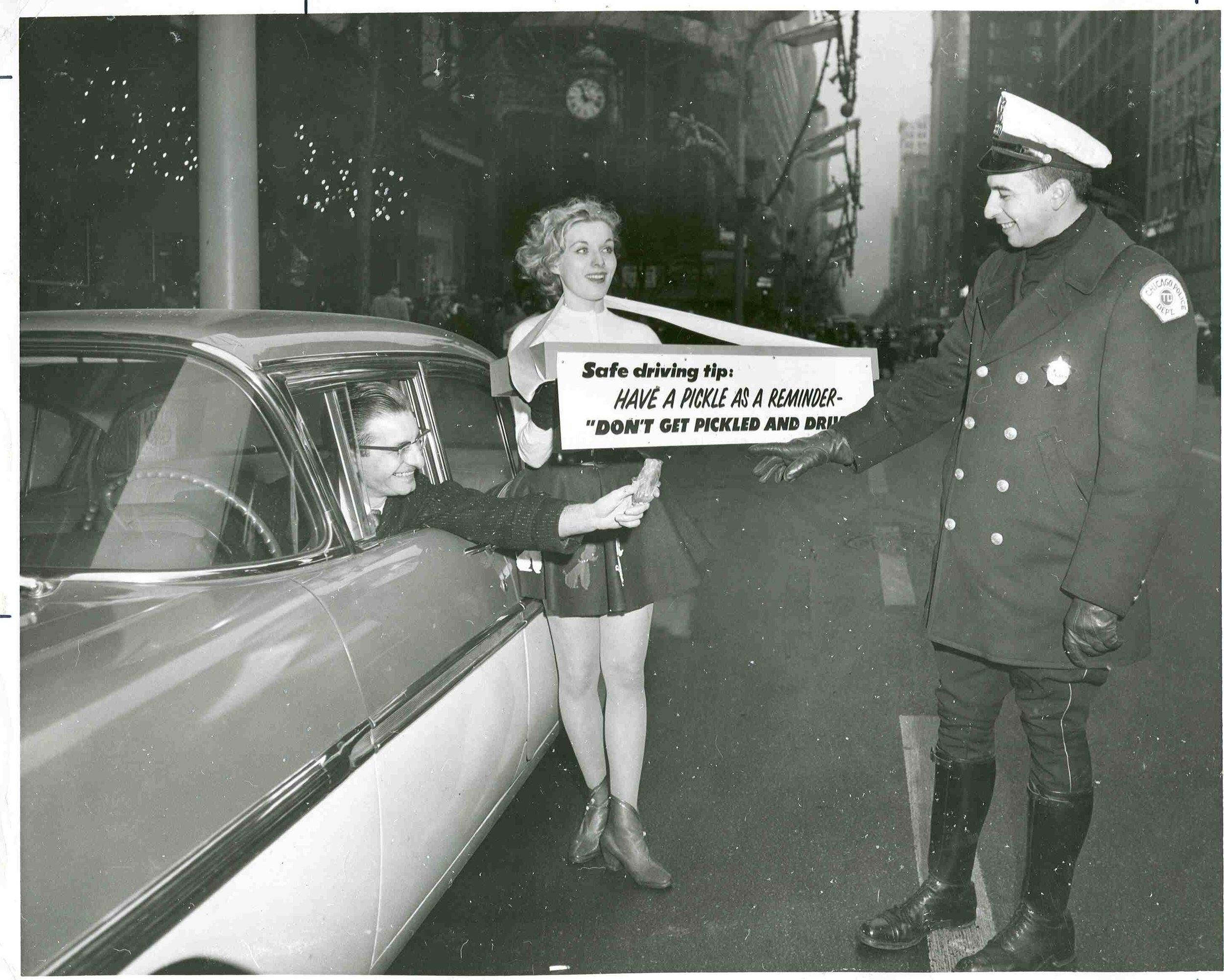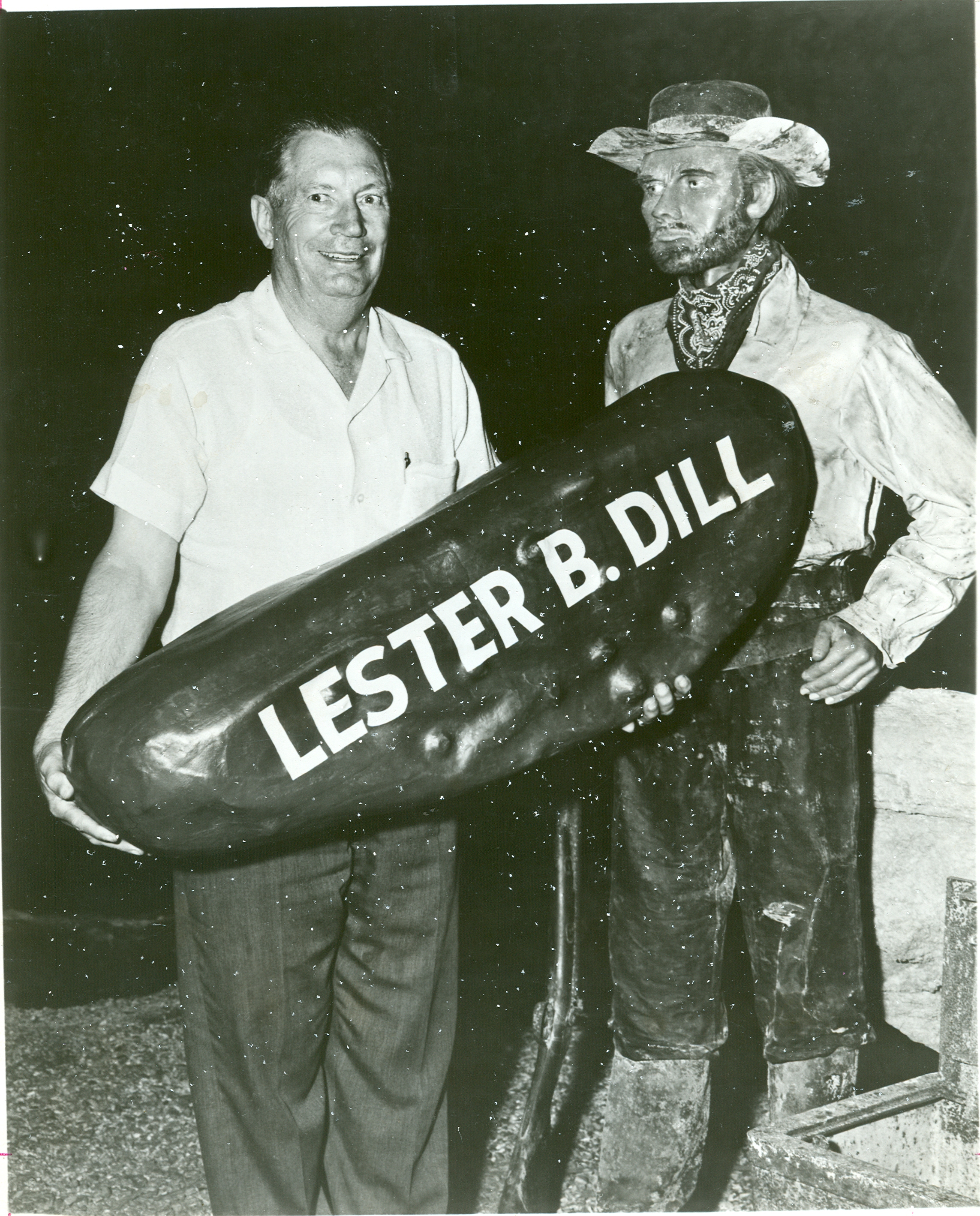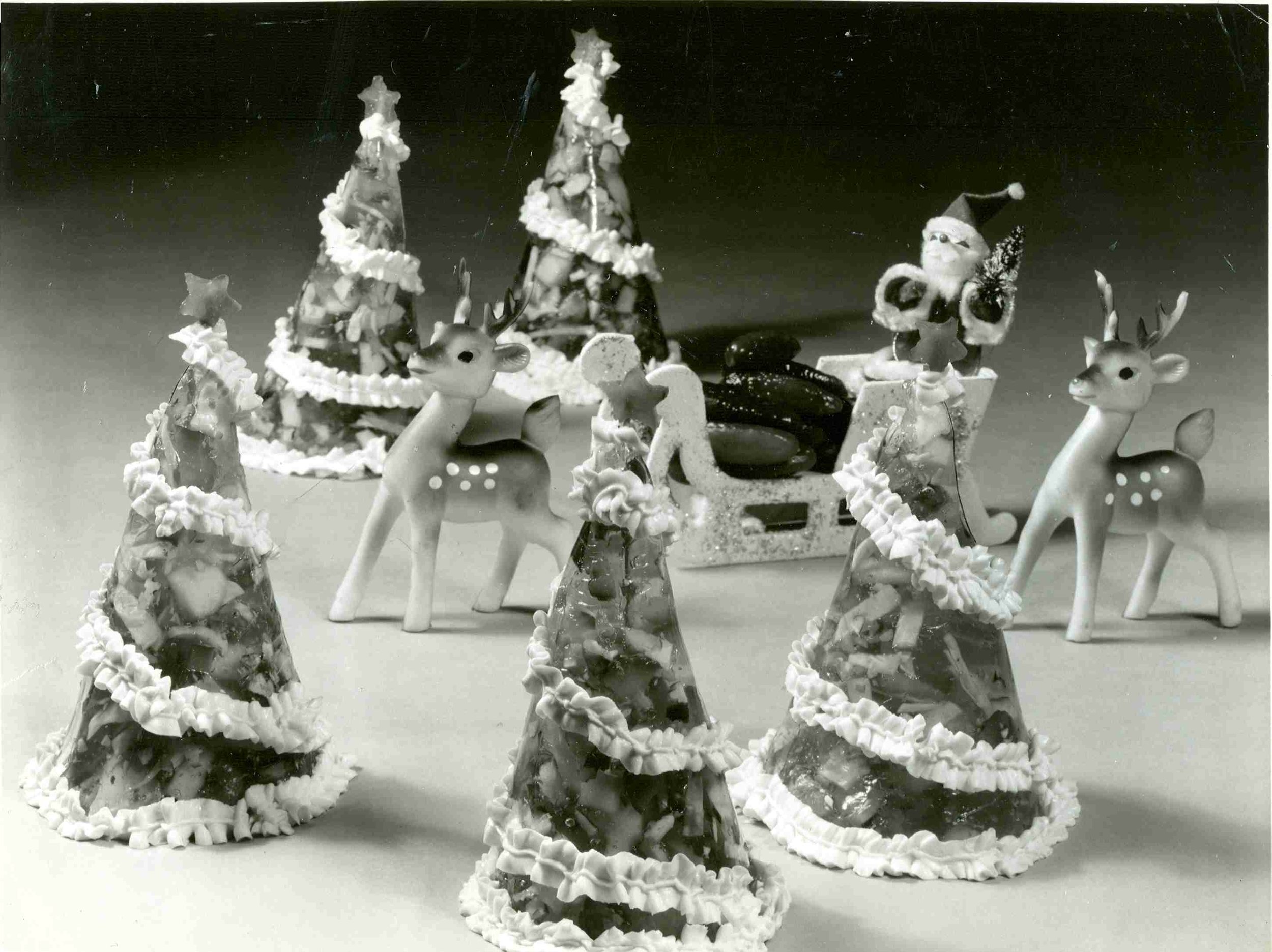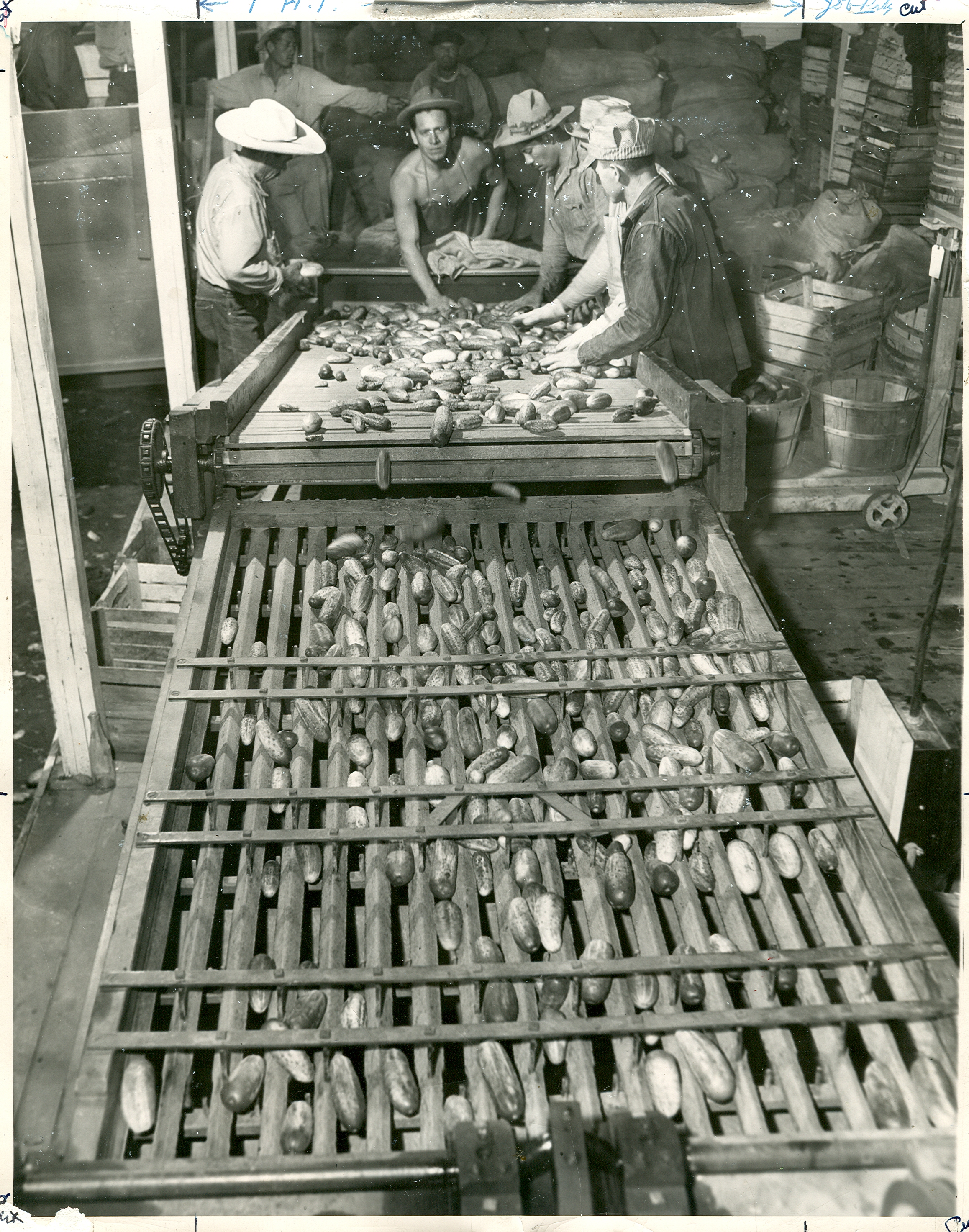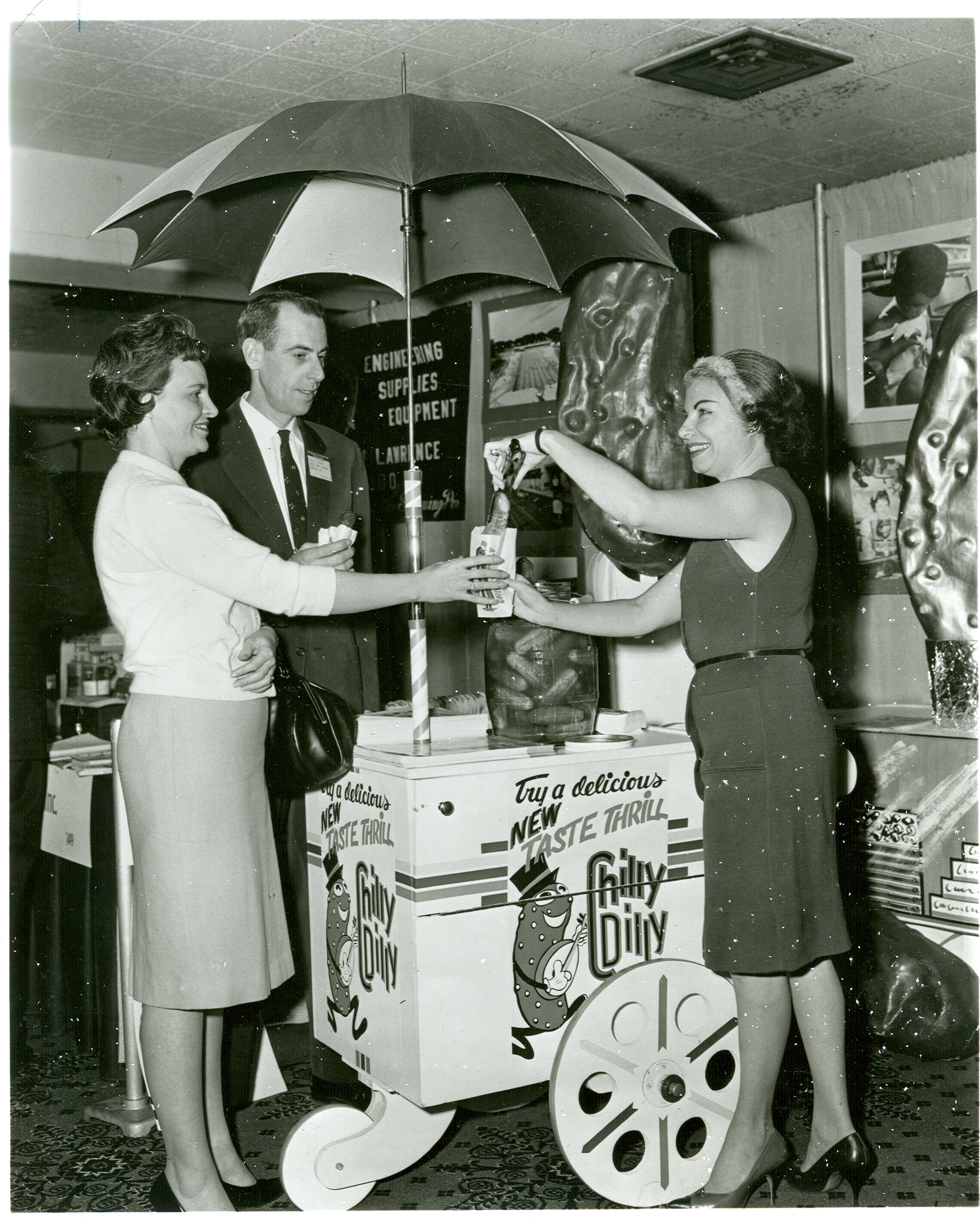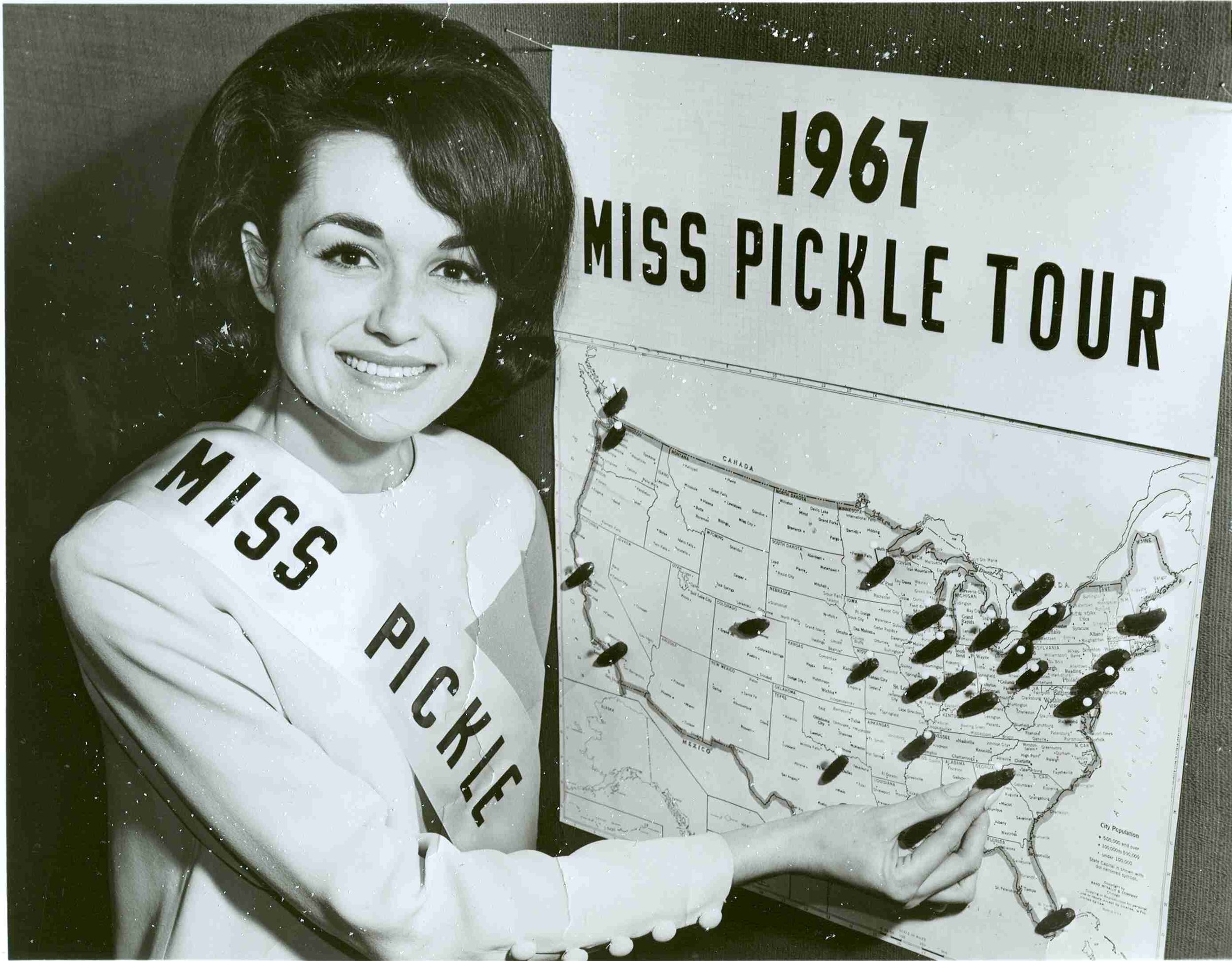The LaFayette Fire Company, the first organized fire department in St. Charles, was chartered in Kane County on March 18, 1842. Fifty-six members signed the charter and paid a $25 subscription fee. This followed a fire in February 1842 that destroyed several three-story buildings, including that of the St. Charles Patriot newspaper, on the northeast corner of First and East Main Streets.
From 1842 to 1852, the Fire Company operated with buckets and hand tools; it was a bucket brigade of volunteers that formed a line to pass buckets of water from the Fox River to fight fires. In 1852, they obtained a four-wheel pumping engine from Chicago, as well as a hand-pulled hose cart.
During the 1800’s, the Fire Company was unable to get the City to finance a fire station, so it rented various spaces to store its equipment and moved many times. In 1857, the City authorized the repair of a small barn next to Brett’s Cabinet Shop for storage of the Lafayette Fire Co.’s equipment and fire engine. The barn was utilized until 1870 when the City sold the building. Once again, the Fire Co. began renting spaces. The equipment began to fall into disrepair, and the hand pumper was sold for salvage.
In March 1871, a fire that began in a dry goods store on the east side of the bridge on the south side of Main Street destroyed all the buildings (with the exception of the Osgood Building) along the south side of East Main Street from the Osgood Building to the river. There was no fire engine; only the Bucket Brigade was available to fight the fire. In 1878 a barn on the southwest side of town was destroyed by fire. All the contents, including a cow and calf, were consumed.
The early 1880’s were a low point for fire protection in St. Charles and the end of any organized fire company. The Lafayette Fire Co. gradually disappeared during the 1870’s and the early 1880’s. A fire in 1884 that destroyed B. T. Hunt’s hardware store and another building with only the Bucket Brigade as protection intensified the debate over how to provide fire protection for the community. The City Council was unwilling to commit to the expense of fire protection.
In May 1885, the entire interior of the Farnsworth Mansion on Geneva Road was destroyed by fire. The exterior of thick masonry construction survived, The Bucket Brigade was powerless, due to the distance from the river. In February 1886 fire destroyed the Dearborn Building, one of the oldest buildings in town. The St. Charles Chronicle editorial asked, “How long will the penny wise and pound foolish policy be pursued?” In 1886 the City Council authorized the purchase of tools for fire protection but no trained personnel or hose or engine.
In November 1887, after three more downtown buildings were destroyed by fire, citizens circulated a petition to force city officials into action. Mayor H.T. Rockwell appointed a committee to study the provision of fire protection. The City obtained equipment – a hand pumper, hose care and hose - and gave it to the Fire Co. and housed it at Miller Blacksmith Shop on the west side of First Avenue.
At the end of 1887, the Fire Co. petitioned the City to take charge of fire equipment and take action to legalize the Fire Co. In February 1888, the LaFayette Fire Co. became the St. Charles Fire Department by municipal ordinance. It was a voluntary fire department with volunteer personnel and equipment provided by the City. However, the equipment was repossessed in February 1889 because the City never paid for it. However, after more destructive fires, the City began to pay for and expand equipment.
The City continued to rent space for the equipment in Miller’s Blacksmith Shop until 1893 when the first Fire Station was constructed on the west side of First Avenue. It was a wooden structure attached to the newly built City Hall Building on the southwest corner of First and Cedar.
The debate over the type of fire protection the City should provide continued in the 1890’s. In 1893 Henry Young bought a steam fire engine from Boston, Massachusetts, and said the City could use it with the understanding they would eventually reimburse Mr. Young. In 1895 a fire began in the wood frame Grist and Flour Mill, where the Municipal Building stands today. In addition to the Mill, seven downtown buildings were damaged or destroyed. There was over $70,000 of property completely destroyed; losses would have been greater without the steam engine. The City paid for damage to the engine, but would not reimburse Mr. Young for its cost.
After the 1895 fire, the east wall of the Lungreen and Wilson Building remained standing. The wall towered twelve feet above the adjoining Osgood Building at the southwest corner of First Avenue and Main Street that survived the 1871 fire. A month after the Mill fire, a strong wind storm toppled the wall onto the Osgood Building, leveling it. Two of three women in the Osgood Building were killed instantly, and two men walking along First Avenue were killed by falling bricks. Another man and the third woman in the building were seriously injured, and a horse on the street was killed. The City still would not purchase the steam engine.
In 1896 the Rock Grove Creamery was destroyed by fire. Fire equipment was antiquated, there was no City water works system, as a plan to build one was defeated by the citizens in an election.
At the beginning of the twentieth century, the St. Charles Fire Department remained much as it had been during the 1800’s. It operated out of the fire station attached to City Hall, with a small hand pumping fire engine and two hand-pulled hose carts. There were fewer volunteers and morale was low. However, in the early years of the 20th century there were improvements and changes, often prompted by fire damage to major businesses:
- 1900: A major fire at Crown Electric Manufacturing Co.
- 1904: There were 12 paid-on-call men in the Fire Department as well as 10 volunteer firemen.
- 1906: Citizens voted to approve a water works system.
- 1909: The Fire Station was moved to a building at the rear of Nord’s Hardware Store at the northeast corner of First and East Main Streets. Space was rented for $10 a month; the department remained here until 1916.
- 1910-1914: More improvements in fire equipment and the water works system.
- 1915: Serious fire damage to Moline Malleable Iron Works.
- 1916: A new motorized fire truck was purchased from the DeKalb Wagon Co. To accommodate the new engine, a new fire station was built on leased land just north of the northeast corner of N. First Avenue and Cedar Avenue. It was a two-story wood frame building with an iron-clad exterior. The foundation and apparatus floor was concrete, the second-floor wooden construction.
- 1916: First salaried employee: a paid fire truck driver.
- 1917: The Fire Chief position became full time. John Elliott, the volunteer Fire Chief since 1912.was appointed.
- March 1928: There was a fire at the East Side Grade School. Due to the building’s old age (1886) and fire damage, it was razed and replaced by Lincoln Grade School.
- 1928: New fire truck purchased thanks to a large donation by Lester Norris and Edward J. Baker.
- 1932: City remodeled City Hall Building, including moving the Fire Station into the City Building at 15 N. First Avenue. New mechanical sirens were purchased, replacing the steam whistle on the City Hall Building in use since the 1890’s. (One on City Hall Building; one on west side of town). This remained the Fire Station until 1961.
- Improvements continued through the 1940’s and 1950’s, often as a result of recommendations following inspections by the Illinois Inspection Bureau Assn. In 1959 the St. Charles Fire Protection District was formed, including areas outside the city in St. Charles and Campton Townships. By 1960 the St. Charles population had grown to 9,207 and the St. Charles Fire Protection District covered over 55 square miles.
- 1961: A new Fire Station opened. It was a remodeled former lumber yard building at 105 N. First Avenue. The building was shared by the Fire and Police Departments.
- As the 1970’s began, the Fire Dept. consisted of six paid men and 38 paid on call firemen,
- 1986: Fire Station #2 on the east side of town was dedicated (2900 Production Drive).
- 1989: Fire Station #3 on the west side of town was dedicated (37W585 Campton Hills Rd.)
- 2009: New main Fire Station was dedicated (Fire Station #1 and Headquarters) as 112 N. Riverside Avenue).
